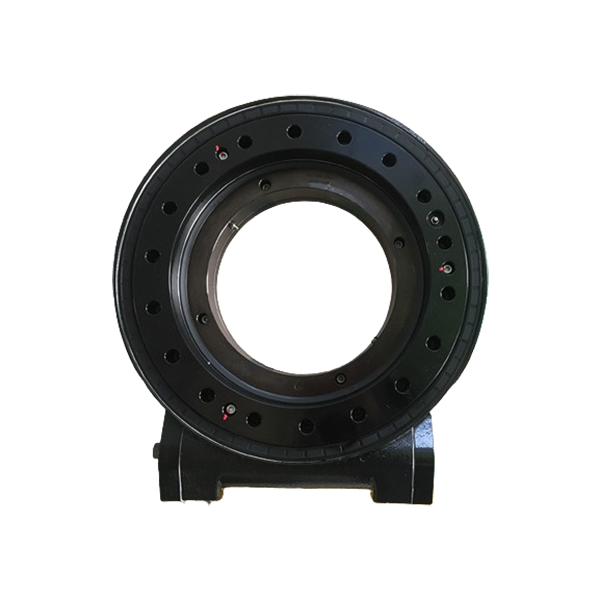The Hidden Environmental Costs of Concrete: Why This Construction Staple Is Not Eco-Friendly
Concrete is often hailed as the backbone of modern construction, providing durability and strength to buildings, roads, and infrastructure. However, beneath its robust exterior lies a troubling reality: concrete is not eco-friendly. This article delves into the multifaceted environmental impacts of concrete production and use, exploring why this ubiquitous material poses significant challenges to sustainability.
The Carbon Footprint of Concrete Production
One of the primary reasons concrete is considered environmentally unfriendly is its substantial carbon footprint. The production of cement, a key ingredient in concrete, is responsible for approximately 8% of global carbon dioxide (CO2) emissions. The process involves heating limestone and other materials to high temperatures, a process that requires significant energy, often derived from fossil fuels. This energy-intensive process not only releases CO2 but also contributes to the depletion of non-renewable resources.
Moreover, the extraction of raw materials for concrete, such as sand and gravel, further exacerbates environmental degradation. Sand mining, in particular, has become a pressing issue, leading to habitat destruction, increased erosion, and the disruption of local ecosystems. As demand for concrete continues to rise, the pressure on these natural resources intensifies, raising concerns about sustainability.
Water Usage and Pollution
Concrete production is not only energy-intensive but also water-intensive. The process requires large quantities of water for mixing and curing, which can strain local water resources, especially in arid regions. In some cases, the demand for water can lead to conflicts over water rights, impacting communities and ecosystems.
Additionally, the runoff from concrete production sites can introduce pollutants into local waterways. Chemicals used in the curing process, along with sediment and other contaminants, can degrade water quality and harm aquatic life. This pollution poses a significant risk to biodiversity and can have long-term effects on ecosystems.
Urban Heat Island Effect
Concrete's thermal properties contribute to the urban heat island (UHI) effect, where urban areas experience significantly higher temperatures than their rural counterparts. This phenomenon occurs because concrete absorbs and retains heat, leading to increased energy consumption for cooling in buildings. As cities continue to expand and concrete surfaces proliferate, the UHI effect exacerbates climate change, creating a vicious cycle of rising temperatures and increased energy demand.
Limited Recyclability and Waste Generation
While concrete is often perceived as a durable material, its recyclability is limited. Although it can be crushed and reused in some applications, the recycling process is not widely implemented. Many construction projects still end up in landfills, contributing to the growing waste crisis. The lack of effective recycling methods for concrete means that valuable resources are lost, and the environmental burden of disposal continues to grow.
Alternatives and Innovations
In light of these challenges, the construction industry is beginning to explore alternative materials and innovative practices to reduce the environmental impact of concrete. For instance, the use of supplementary cementitious materials (SCMs) such as fly ash, slag, and silica fume can reduce the amount of cement needed in concrete mixes, thereby lowering CO2 emissions. Additionally, the development of geopolymer concrete, which uses industrial by-products instead of traditional cement, offers a promising avenue for more sustainable construction practices.
Moreover, incorporating green infrastructure, such as permeable pavements and green roofs, can mitigate some of the negative effects associated with concrete. These alternatives not only reduce the demand for traditional concrete but also enhance urban resilience against climate change.
Conclusion: Rethinking Concrete's Role in Sustainable Development
As the world grapples with the urgent need for sustainable development, it is crucial to reassess the role of concrete in our built environment. While it remains an essential material for construction, its environmental impacts cannot be overlooked. By embracing innovative alternatives and adopting more sustainable practices, the construction industry can mitigate the ecological footprint of concrete and contribute to a more sustainable future.


Average Rating